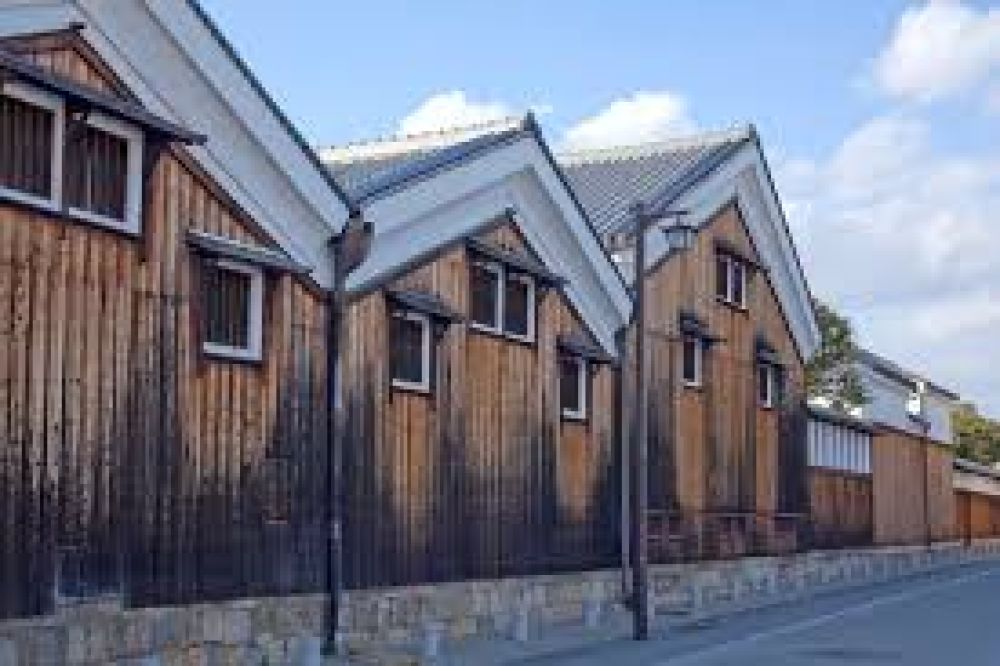

The Fushimi Sake District in Kyoto, Japan, has a storied past deeply intertwined with the history of sake brewing. Dating back to the 16th century, the area's first sake breweries were established, taking advantage of the high-quality spring water from the Fushimi area. Over time, these breweries have not only produced some of Japan's finest sake but have also become a significant draw for tourists seeking to understand and experience traditional sake production.
In the early years, knowledge of Fushimi's sake did not extend far beyond the Japanese borders, with its fame contained within the domestic market. International tourism to Fushimi was a rare occurrence, as Japan had isolated itself from much of the world during the Edo period. However, with the Meiji Restoration in 1868 and the gradual opening up of the country, Japan's cultural and gastronomic offerings began to capture global attention.
Into the 20th century, Fushimi Sake District expanded its appeal as a tourist destination thanks to the growth of travel infrastructure and the allure of Kyoto as the former imperial capital of Japan. Visitors flocked to the city's historical sites, with many drawn to Fushimi for a taste of its famed beverage. Sake breweries began to offer tours and tastings, inviting guests to delve into the meticulous production process and sample various styles and flavors of sake.
The district's tourism saw a downturn during World War II but experienced a post-war resurgence. As international travel became more accessible and Japan emerged as a top tourist destination, the Fushimi Sake District regained and since then has been enhancing its prestige. The district's cobblestone streets, traditional wooden buildings, and serene canals offer a picturesque setting that resonates with travelers seeking authentic Japanese experiences.
In recent years, sake tourism has become increasingly popular, with the Fushimi Sake District at the forefront of this trend. The rise of foodie culture and interest in artisan and local products has contributed to the district's allure. Sake breweries, some of which have been operating for centuries, capitalize on this by offering deeper educational experiences, tastings paired with local cuisine, and even workshops where visitors can try their hand at sake brewing.
Sustainable tourism practices have also influenced the district, with many breweries emphasizing their commitment to environmentally friendly methods and support for local communities. This ethical approach attracts a new wave of socially conscious travelers.
Another significant trend is the digitalization of travel experiences. With the global pandemic introducing travel restrictions, the Fushimi Sake District, like many destinations, adapted by offering virtual tours and online sake tasting sessions. These innovative experiences have allowed a broader audience to engage with the district's heritage and offerings from afar. As travel begins to normalize, it is expected that a hybrid model of in-person and virtual experiences will continue to be a key feature of tourism in Fushimi.
As the world steps into a new era of travel, the Fushimi Sake District continues to evolve while maintaining its rich cultural essence. For many travelers, it stands as a testament to the enduring appeal of cultural discovery and the timeless pleasure of sake.